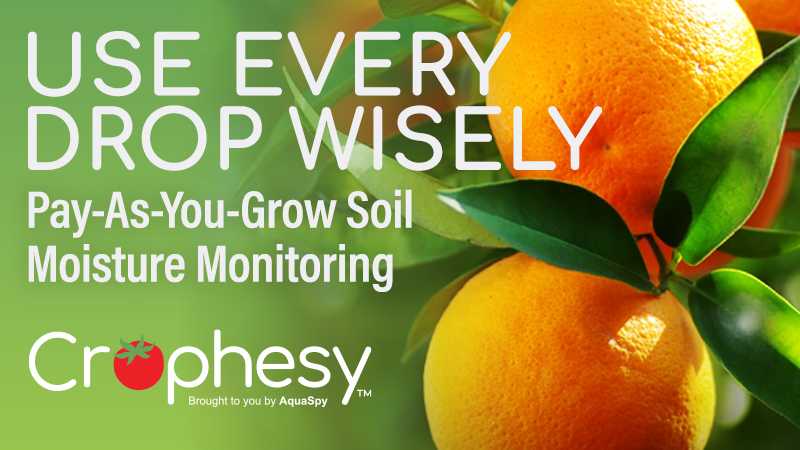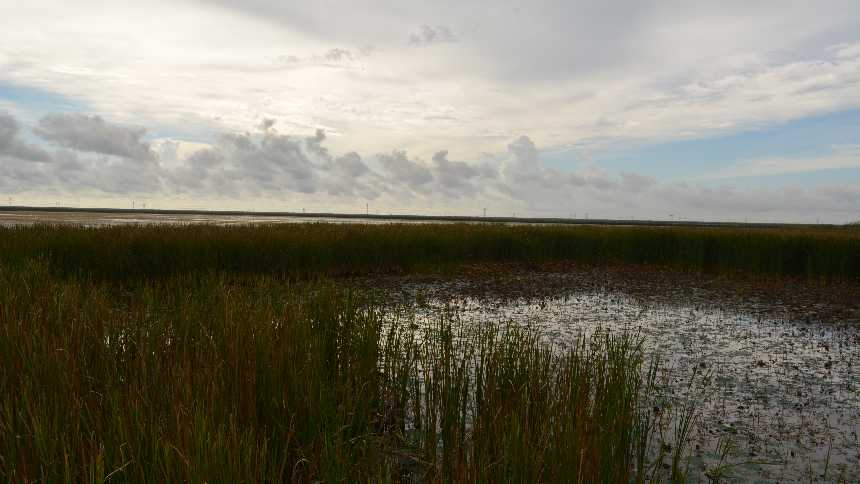What Farmers Need To Know About Conservation Easements
Besides its beaches and amusement parks, Florida is well known for its vast natural resources. From springs, to wetlands, to swamps, these resources have proven to be a magnet for people to move to the state.
Growing populations and finite resources create a natural push and pull between the need to conserve lands and the need to provide opportunity for growth and development. Agricultural landowners often find themselves in the middle of these discussions.
One creative tool that encourages conservation and provides benefits to landowners is conservation easements. They help keep rural lands undeveloped by protecting the natural resources that have made Florida world famous.
What are Conservation Easements?
Dean Saunders, ALC, CCIM, the founder and broker of SVN | Saunders, Ralston, Dantzler Real Estate, was instrumental in bringing conservation easements to Florida. During his tenure as a State Representative from 1992-1996, he proposed and was one of three main sponsors of the Bert J. Harris Private Property Rights Protection Act. This legislation later evolved into Florida’s conservation easements programs.
“It has been fun watching the program evolve over the past 27 years in its different iterations,” Saunders says. “Conservation easements have been wildly successful.”
The easement creates a win-win for landowners and governments that seek to curb development, especially in sensitive habitats. Some landowners would like to preserve the beauty and function of their land and also profit from the increased value. Others want their land to stay in the family but worry that estate taxes will force their heirs to sell. Landowners who sell Florida conservation easements control the ownership of the property and receive money for the easement. The government receives assurance that valuable land will be protected from future development.
State, local, and federal governments, and some non-governmental conservation groups, are typical conservation easement purchasers. The Florida Department of Agriculture and Consumer Services and Florida Forest Services acquire easements through the Rural and Family Lands Protection Program.
Getting an Easement
The first step in acquiring an easement is to determine if the property is eligible. This typically relates to its habitat and environmental characteristics. Desirable traits include land that is home to endangered plants or animals, contains unique water resources, or that is converted wetlands. Larger tracts and locations, such as being adjacent to government-owned property or in an area of critical state concern (like the Green Swamp), also are considerations. A certified land appraiser can help property owners determine eligibility and the potential value of easements.
Did You Know?
When it comes to water, Florida makes its mark and is often an important target in conservation efforts. After all, it is virtually surrounded by it. The state is home to 12,000 miles of rivers and streams, 7,000 lakes and ponds, 1,300 miles of coastline, and natural aquifers producing 8 billion gallons of fresh water each day. The watershed of the Florida Everglades is a World Heritage Site, International Biosphere Reserve, a Wetland of International Importance, and a specially protected area under the Cartagena Treaty.











